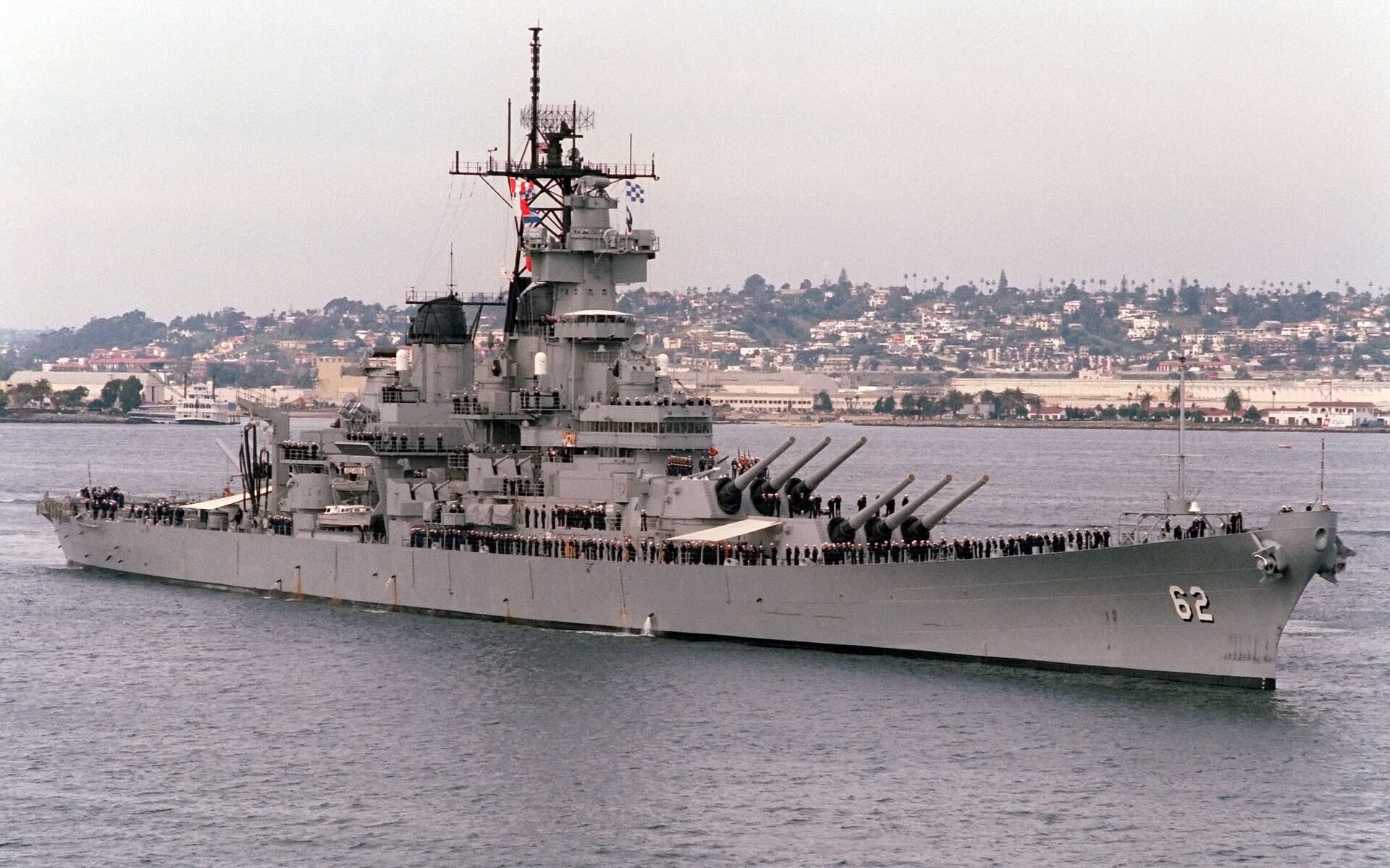Two Congressmen Want the Federal Gov't to Support Museum Ships

Two legislators in the U.S. are pushing for the enactment of a law that will compel the federal government to allocate funds to preserve historic military vessels, something that is critical in ensuring the continuous availability of the ships to the public for education purposes and inspiring future maritime endeavors.
Congressmen Donald Norcross (D-NJ) and Don Bacon (R-NE) have reintroduced the Save Our Ships Act, which if enacted will require the federal government establish a grant program to help fund the preservation of historic U.S. Navy and Coast Guard ships and submarines for use in museums and memorials.
Through the Historic Naval Ship Preservation Grant Program, the federal government will be compelled to allocate at least $5 million every fiscal year to fund the preservation of the ships. The program will be domiciled in the Department of Interior and will provide grants on a competitive basis to nonprofit, state, and local government entities operating historic naval ship museums. It will also conduct physical upkeep and repair of historic ships and mitigate environmental hazards or damage to the vessels.
The push for a new act emanates from the fact that the current method of funding has proven to be ineffective. The Maritime Heritage Preservation Grant Program has previously provided some funding for preservation activities. However, its source of funding is mainly through the sale of obsolete vessels from the National Defense Reserve Fleet. For this reason, the program has proved to be highly unstable and not a reliable source of assistance for ship preservation. In addition, its resources are split among a large number of recipients, including those outside the grant program.
Owing to lack of a clear stream of funding, the preservation of the historic vessels has largely been left to well-wishers through donations, an approach that is proving to be unsustainable. Just recently, the U.S Coast Guard cutter McLane - part of the USS Silversides Submarine Museum exhibits in Muskegon, Michigan - was towed away and scrapped after efforts for her preservation became untenable. The cutter was part of exhibits attracting visitors to the museum for over three decades, having been moored at Muskegon's harbor since 1993.
The two Congressmen now want to ensure that other historic military vessels do not face the same fate. They note that historic naval ships exist in museums, memorials, and parks across 29 states, providing educational programs for over half a million young people and supporting over 2,000 enlistments, retirements, and commissionings annually. Apart from the value of preserving and sharing U.S. naval heritage, the ship museums contribute $1 billion annually to the country’s economy.
Despite their importance, the historic ships face a growing challenge, particularly when it comes to physical preservation and maintenance. For ships moored in water, hull preservation and responding to both routine and emergency structural repair needs cost millions of dollars. Often, ship museums are forced to close for months or years while the vessels are placed in dry dock.
A case in point is the decommissioned USS New Jersey (BB-62). Last year the ship - among the most decorated in the history of the U.S. Navy - spent 60 days in drydock undergoing major maintenance, repair and repainting works that cost $10 million.
Apart from preservation of current historic ships, another big concern is the limited rate at which ships are being turned into museums.
“The educational opportunities that come from preserving these historic vessels are priceless. We must ensure students and families can learn about the rich history of our Navy and Coast Guard and inspire the next generation of shipbuilders and service members,” said Norcross.
